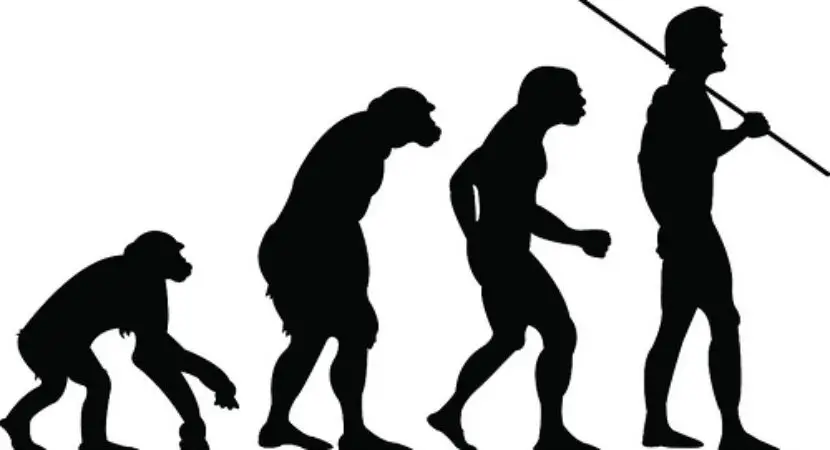If someone was to give me a dollar for every new diet that came out I’d be a millionaire by now! The latest craze is the Paleo diet, also known as the Caveman diet. At the same time as the diet has grown in popularity it also has a lot of negative stigma attached to it which is why I have decided to set the record straight concerning this diet.
What is the Paleo Diet?
The diet was popularized by American Scientist Loren Cordain who has written several bestselling books about the diet. It has been dubbed the Caveman diet because its nutritional contents go back to the foods eaten by our hunter gather forefathers.
Protein: One of the most important aspects of the diet is a high protein intake consisting of meat and seafood which should account for between 19 and 35 percent of the diet.
Carbohydrates: The paleo diet consists of a reduced carbohydrate intake and low glycemic index foods. This means that fruits and non starchy vegetables serve as the main source of carbohydrate and make up 34 to 45 percent of the daily caloric intake.
Fiber: High fiber foods are also consumed while on the diet but they are limited to fruits and vegetables since whole grains are exempt from the diet.
Fat Intake
This is one of the controversial aspects of the diet because foods that are high in fat are consumed. There are good and bad fats and when you are on the paleo diet you will consume more monounsaturated and polyunsaturated fats which are the good fats.
Minerals
Minerals are an important element of our diet; a high potassium intake is one of the main components of the Paelo Diet. Unprocessed foods are eliminated from the diet to cut out sodium which is one of the main contributors to heart disease in the Western world.
Vitamins
The diet requires that you consume a higher intake of vitamins, plant-phytochemicals, antioxidants and minerals. However, proponents argue that it is difficult for the body to absorb vitamins and minerals from whole grains which is one of the reasons why they have been eliminated from the diet. Instead it is encouraged that you get your sources of vitamins and minerals from animals and plants.
Acid and Alkaline
The Paelo diet requires that your acid and alkaline foods are equally balanced. Acidic foods include fish; meat and salt, foods that contain alkaline include fruits and vegetables.

To Eat and Not to Eat
Now that you have a basic understanding of what the diet requires, let’s take a more in-depth look at what you can and can’t eat.
Foods you can eat:
- Meat is allowed; however, it is important that you consume hormone and antibiotic free and grass fed meat since you will be consuming a high amount of protein.
- You should eat more vegetables than fruits
• Seafood
• Fish
• Nuts
• Eggs
• Seeds
• Olive oil
• Avocado
• Coconut
• Walnut
• Macadamia oil
• Flaxseed oil
Foods You Can’t Eat
• Rice
• Wheat
• Corn
• Beans
• Legumes
• Peanuts
• Peanut butter
• Dairy refined sugar
• Potatoes
• Processed foods
• Salt
• Refined vegetable oils
• Canola oil
• Rice bran oil
Now you have come to the end of the foods you can and can’t eat, I am sure you are thinking “this diet is strict!” You are absolutely right; it definitely isn’t for the faint hearted dieter.
Paleo Exceptions
Due to the strict nature of the diet, a lot of dieters make several adjustments which include adding grains such as spelt and quinoa, legumes, beans, brown rice, alcohol, and coffee.
Some dieters opt for the 6/7 method which involves six days of strict eating and one day of adding some exception foods.
Benefits of the Paleo Diet
Regardless of the type of diet you choose if you stick to it, you will experience positive results. Here are some of the benefits of the Paleo Diet.
• A diet void of chemicals, preservatives and additives.
• The seeds, nuts, oils, vegetables, fruits and plant nutrients have anti-inflammatory benefits.
• An increase in iron from the red meat.
• A high intake of protein and fats leads to a feeling of fullness between meals.
• Weight loss due to eliminating grains and carbohydrates.
Disadvantages of the Paleo Diet
• Vegetarians will find it difficult because it includes meat and excludes beans.
• The health benefits from grains and dairy products are eliminated.
• Athletes are excluded from the diet because they need to consume approximately 3 to 6 grams of carbohydrates for each pound of their body weight per day. This is difficult to do when the diet only includes fruit and vegetables for carbohydrates.
Alternative to the Paleo Diet
Deciding to live a healthy lifestyle is a smart choice; however, if you feel as if the paelo diet is too restrictive, you may want to consider the following:
• Include protein with each meal and snack.
• Include grains such as pasta, rice, whole grain bread and cereal with every meal and snack.
• Include fats in every meal and snack such as mayonnaise, dressing oil, salad, butter and nuts.
• Make sure you are selective with foods that are not healthy.

